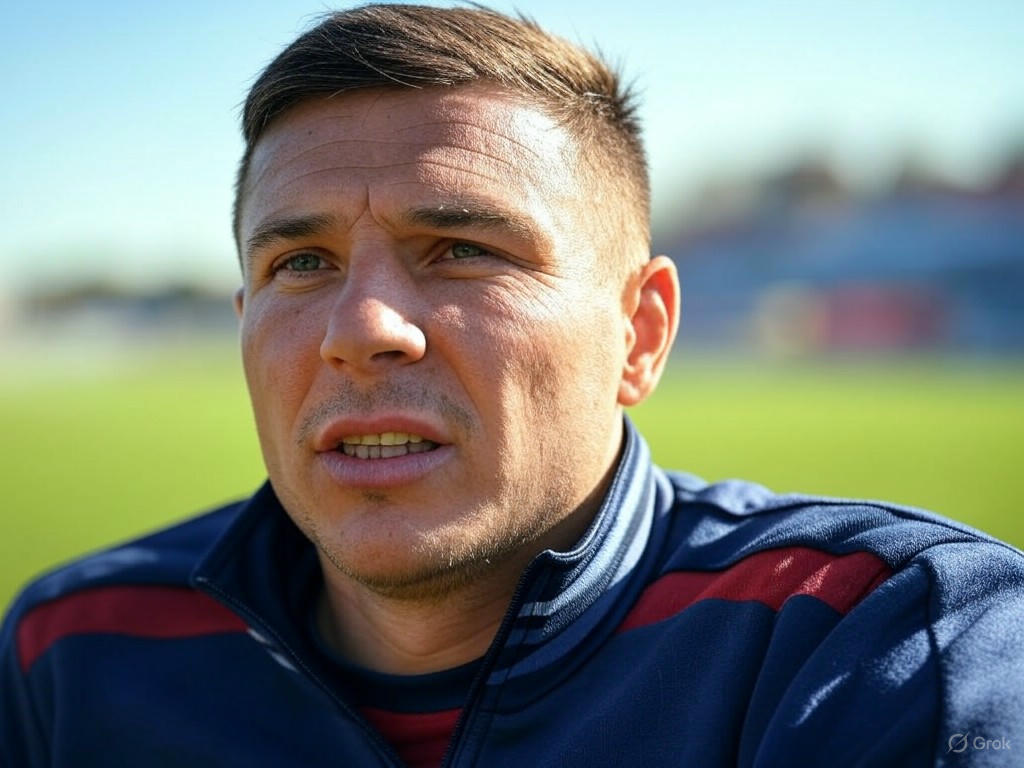A New Era for College Sports: House Settlement Marks Historic Shift, Yet Challenges Loom
College athletics is on the brink of a transformative era as a landmark House settlement paves the way for direct payments to student-athletes, set to begin as early as next month. This decision, a seismic shift in the landscape of amateur sports, acknowledges the long-standing debate over fair compensation for athletes who generate billions in revenue for their institutions and the NCAA. For schools like the University of Illinois, commonly known as the Illini, this marks a historic moment of recognition for their players’ contributions on and off the field. However, while the settlement is being hailed as a victory for athlete rights, it’s only the first step in addressing a myriad of unresolved issues that continue to cast a shadow over the future of college sports.
At the heart of this development is the acknowledgment that student-athletes deserve a share of the financial pie. For years, critics have argued that the NCAA’s model, which restricted direct payments to players while universities and conferences profited immensely, was unsustainable and, frankly, unfair. With this settlement, colleges will now allocate funds directly to athletes, a move that could redefine recruiting, team dynamics, and even the competitive balance across conferences. Imagine the potential impact on a program like the Illini, where additional financial incentives could attract top talent or provide much-needed support for athletes balancing grueling schedules. Yet, this financial restructuring raises questions about how schools will manage budgets, especially smaller institutions that may struggle to keep pace with wealthier programs.
Beyond the immediate implications of payment structures, the House settlement leaves several critical concerns unaddressed. How will Title IX compliance be ensured when distributing funds? What safeguards will prevent exploitation or mismanagement of these payments? And perhaps most pressing, how will the NCAA redefine its role in a system where its traditional authority over athlete compensation is eroding? For Illinois fans and stakeholders, there’s also the local angle: how will the Illini adapt to this new reality while maintaining academic and athletic integrity? These uncertainties suggest that while the settlement is a monumental step forward, it’s merely the opening chapter in a much longer saga of reform. The NCAA, once the unchallenged arbiter of college sports, now faces an identity crisis as it navigates legal battles, public scrutiny, and internal divisions.
As we stand at this crossroads, the excitement of direct payments to athletes is tempered by the road ahead. The House settlement is a win for fairness, but it’s not a cure-all. For the Illini and countless other programs, the coming months will test their adaptability and commitment to equity. Fans, athletes, and administrators alike must brace for a future where change is the only constant. While today we celebrate a historic milestone, tomorrow’s challenges remind us that the game is far from over. The scoreboard may reflect progress, but the final whistle on college sports reform is still a long way off.


